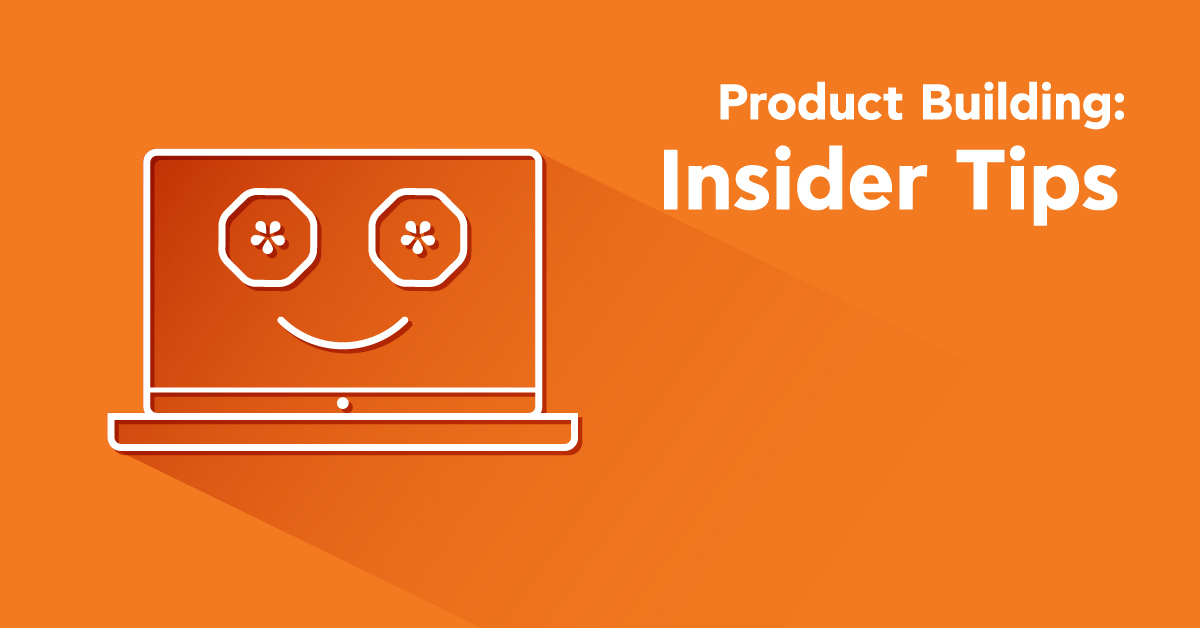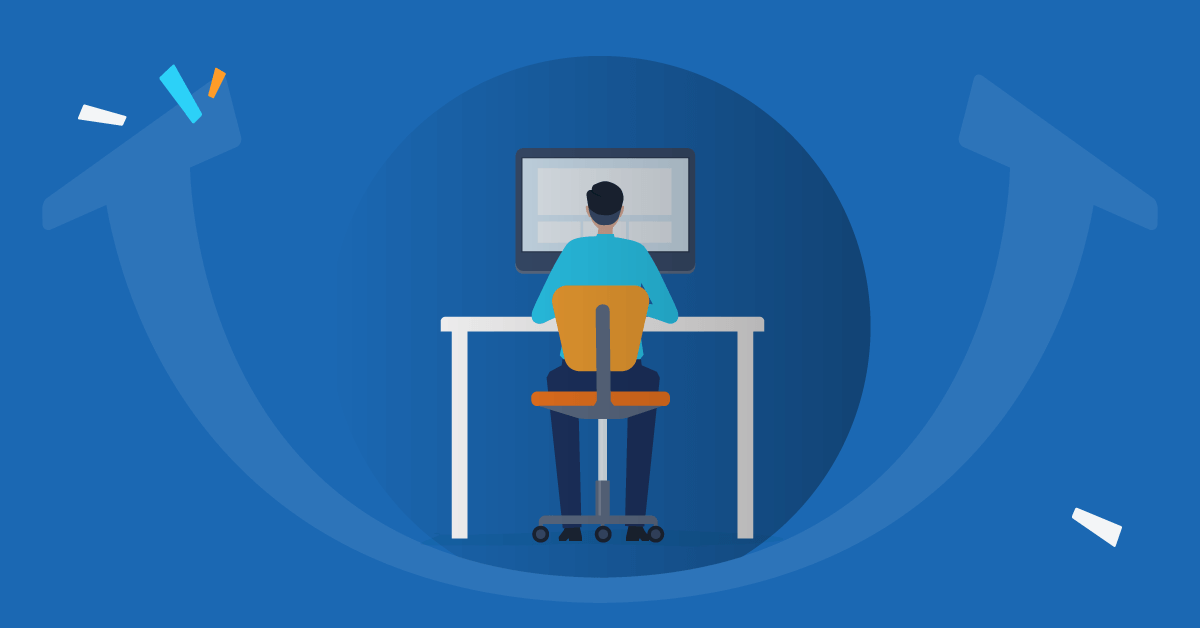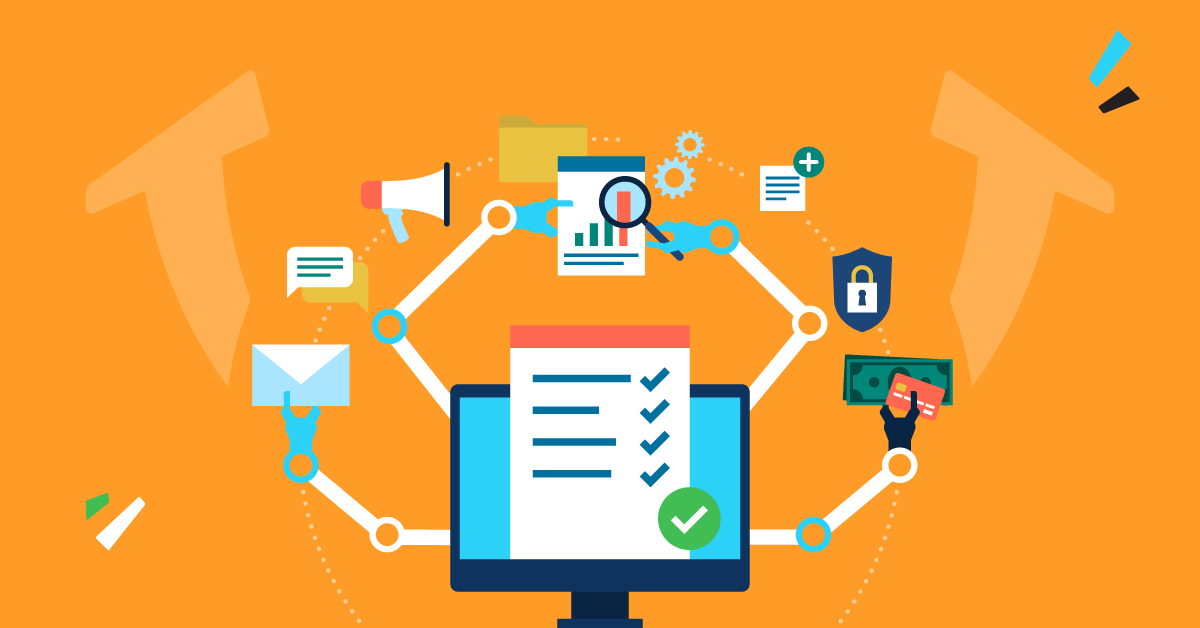A few tips to launch or improve any product.
You have a vision. You have an idea. You start building a product. You have an engineering team and a design team. You can’t make them work together as well as you had initially imagined. Development suffers. Crises break out. You suffer. Your clients suffer. You suffer even more. You blame the team. You blame your partners. You start to regret the whole thing. You lose sleep. Product, energy, money… will it all go down in flames?

It doesn’t sound like a pleasant situation now, does it? Here are a few thoughts on how to break out of this cycle of torment and finally breathe!
In my humble opinion, it’s never too late to:
1. Establish design principles
Every product has to be meaningful and serve some purpose, otherwise people won’t use it. It’s a simple concept. It’s common sense, really. Design principles can help any team stay focused on that purpose.
Also, they enable quick decision-making both in everyday life and in cases of crisis, and they help you maintain a clear vision of where you want to go. For example here, at TalentLMS, we aim for efficiency, clarity and usability. Our goal as a team is to remember these principles in every meeting and implement them in every action.
Find your own principles, communicate them to your team and let them guide your way to awesomeness.
2. Create and communicate a roadmap
Ah yes, the roadmap. In the minds of developers and designers everywhere, the roadmap is almost synonymous with the dreaded “deadline”. In reality, the product roadmap is a very useful tool that aims to describe the growth process of your product and to align the team, including the stakeholders.
An effective roadmap though, is not an easy thing to create, since product development usually goes hand in hand with unexpected changes, setbacks and all kinds of panic attacks (Agile, anyone?). What do you do then?
You use your product thinking superpowers, you get everyone on board, you define the product, you aim for the right features, you fearlessly tackle problems and you review often. Please, let me repeat: you review often.
3. Talk about engineering constraints
I’m a designer. I’ll try to be objective though, for the sake of a civil and ladylike blog post. So, engineers have this knack of imposing constraints, usually in the form of the infamous 2-letter word: “No”. If they’re on a good day they may even use a whole sentence: “This can’t be done”.
Oh, the despair! Oh, the murderous rage! What do you do?
Since finding an engineer that appreciates solid product design is more difficult than climbing the Himalayas, on your hands, facing backwards, you have to sell them your idea and actually convince them that it’s worth it to at least consider the effort. You employ all your logic, all your patience, all your suave, and when, as a new Ulysses, you overcome that legendary boss battle, then you will find some common ground to talk and see what the real constraints are.
Mind you, that a better idea would be to avoid this battle altogether and find an experienced designer that would be your go-to kamikazi person at this stage. Therefore, if you want your product to see the light of day, you get your team together and let them play.
4. Get to know your team
Effective teams are precious. They are the proof that miracles do happen. Find good people that know what they’re doing or are willing to learn, share your vision with them, be excited enough to get them excited as well and, most importantly, be honest with them and let them bond with you and with each other. If your team members are on the same page with you, there are very few things out there that could stop you.
How will you perform this magic? With communication.
I wish we were all telepathic. Life would be easier, I suppose, things would move along faster, but guess what: We’re not there yet. So, invest the time. Start talking. Be interested. Ask questions. Message. Email. Leave post-it notes on their desks. Gesture. Sing if necessary (on second thought, please don’t).
You shouldn’t micromanage though – the Dark Side is to be avoided at all costs. Show some trust. Get to know your people, find out what their strengths and weaknesses are, and as a good strategist place them in the appropriate positions and give them the freedom to do their thing.
5. Follow the process!
Hundreds of articles and dozens of books have been written about the Process. Personally, I’m close to writing an ode.
It’s a tricky thing (the process, not the ode) and especially in a fast paced environment, it is the first thing that gets overlooked. Experienced teams of engineers and designers know that the product development process can get very messy and some parts of the product could get kind of unpredictable.
Often we don’t really know what will work, if it will work, until our product gets a shape and becomes tangible. We’ve all been there. So the least you can do, is try to remain as close as possible to the following pattern: Spec, Wireframe, Feedback, Prototype, Feedback, Visual Design, Feedback, Development, Testing.
Add the necessary loops and pay attention to a small sneaky repetition: Feedback.
6. Accept feedback (aka the art of forgetting your Ego)
One of the most difficult things a person can do on this lifetime, is to let go of their Ego.
There, I’ve shared with you the secret to a good life and I will accept your admiration and congratulations later. For now, let’s admit that becoming selfless is close to impossible, and let’s agree that this kind of liberation deserves an effort. What does any of this have to do with product development?
Well, I suppose that with limited Ego, you can accept critique – you will actually look forward to it – and you will be able to effectively act on it. You can give feedback to someone else without having to sugarcoat anything and, more importantly, without sounding like an, ahem, let’s say, bad person.
You can empathize with your users and understand their pain-points and their needs. You will want to find solutions to all kinds of problems. You will be a knight in shining armor when the situation calls for it!
Conclusion
What I’ve been trying to say for the past bunch of lines is that if you love your work, it will love you back. If you look forward to the launch and the improvement of whatever you’re building, people will respond. The result will be an awesome product and you will have completed the effort to make somebody’s life a little better.
Oh dear god, no! It’s getting sentimental. I’m outta here.
About the author: Sofia studied multimedia computing and has been designing digital things for 18 years, notoriously hiding easter eggs in source files. Very curious about cognitive processes, she joined Epignosis as a UX designer, to build and enhance great learning experiences.



